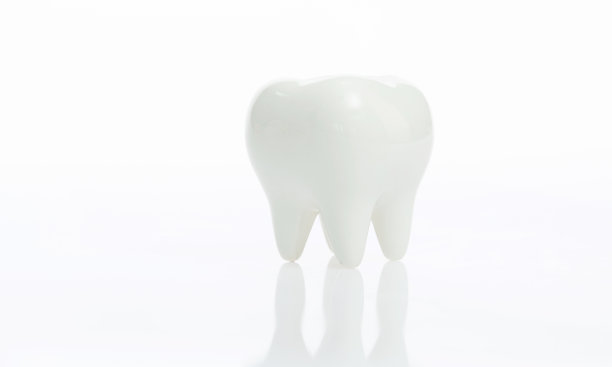Essential Guidelines for Ensuring Successful Dental Fillings and Maintaining Optimal Oral Health After Treatment
Summary: Dental fillings are an essential aspect of restorative dentistry, allowing patients to recover from decay and maintain oral function. However, successful treatment goes beyond the procedure itself; it requires a commitment to proper aftercare and ongoing oral health practices. This article outlines four essential guidelines to ensure not only the success of your dental fillings but also to help maintain optimal oral health afterward. From understanding the various types of fillings to adopting effective dental care habits, each guideline offers valuable insights for patients seeking longevity in their dental restorations.
1. Understanding Dental Filling Materials

Dental fillings can be made from various materials, each with its own set of advantages and disadvantages. Common options include amalgam, composite resin, glass ionomer, and porcelain. Understanding these materials can help patients make informed decisions in collaboration with their dentist.
For example, amalgam fillings are durable and often less expensive, making them suitable for molars where pressure from chewing is greatest. On the other hand, composite resin fillings provide a more aesthetic option as they can be color-matched to the natural teeth but might not last as long in high-stress areas.
By knowing the pros and cons of each material, patients can actively participate in the decision-making process and choose what aligns best with their oral health needs and lifestyle.
2. Adhering to Aftercare Instructions
After receiving a dental filling, adherence to aftercare instructions provided by your dentist is critical. These instructions usually include avoiding hard or sticky foods for a specified amount of time post-treatment to ensure that the filling sets properly and remains intact.
Additionally, it is advisable to wait until the anesthetic wears off, as this can help avoid accidental injury to the tongue or cheeks. Maintaining open communication with your dentist regarding any discomfort or issues after the procedure also plays a vital role in successful healing.
Following these aftercare guidelines contributes significantly to the longevity of the filling, reducing the likelihood of future complications, and ensuring optimal oral health in the long run.
3. Regular Dental Check-Ups
Routine dental check-ups are essential for maintaining oral health, especially after getting restorations. During these visits, a dentist can assess the condition of dental fillings and surrounding tissues, ensuring that everything is functioning as intended.
Professional cleanings during these visits help eliminate plaque and tartar buildup, reducing the risk of decay around dental work. Additionally, the dentist can spot early signs of decay or other issues that may necessitate further intervention.
By committing to regular dental visits every six months, patients can uphold their long-term oral health, keep their fillings in optimal condition, and address problems before they escalate.
4. Maintaining Good Oral Hygiene Habits
Effective oral hygiene practices are paramount after receiving dental fillings. This involves brushing at least twice a day, using fluoride toothpaste, and flossing daily to prevent plaque accumulation. Such habits can greatly reduce the risk of new cavities forming, particularly around the edges of fillings, where decay is most likely to occur.
It’s also crucial to use mouthwash with antibacterial properties to further enhance oral care and freshen breath. Avoiding sugary snacks and beverages can significantly contribute to a lower cavity risk, benefiting overall oral health and the durability of fillings.
By prioritizing oral hygiene and making it a cornerstone of daily routine, patients can effectively protect their dental investments and promote longevity in their oral treatments.
Summary:
In summary, understanding the various filling materials, adhering to aftercare instructions, undergoing regular dental check-ups, and maintaining good oral hygiene are four fundamental guidelines for ensuring successful dental fillings and optimal oral health. These practices not only contribute to the longevity of dental restorations but also enhance overall dental well-being.
This article is compiled by Vickong Dental and the content is for reference only.


